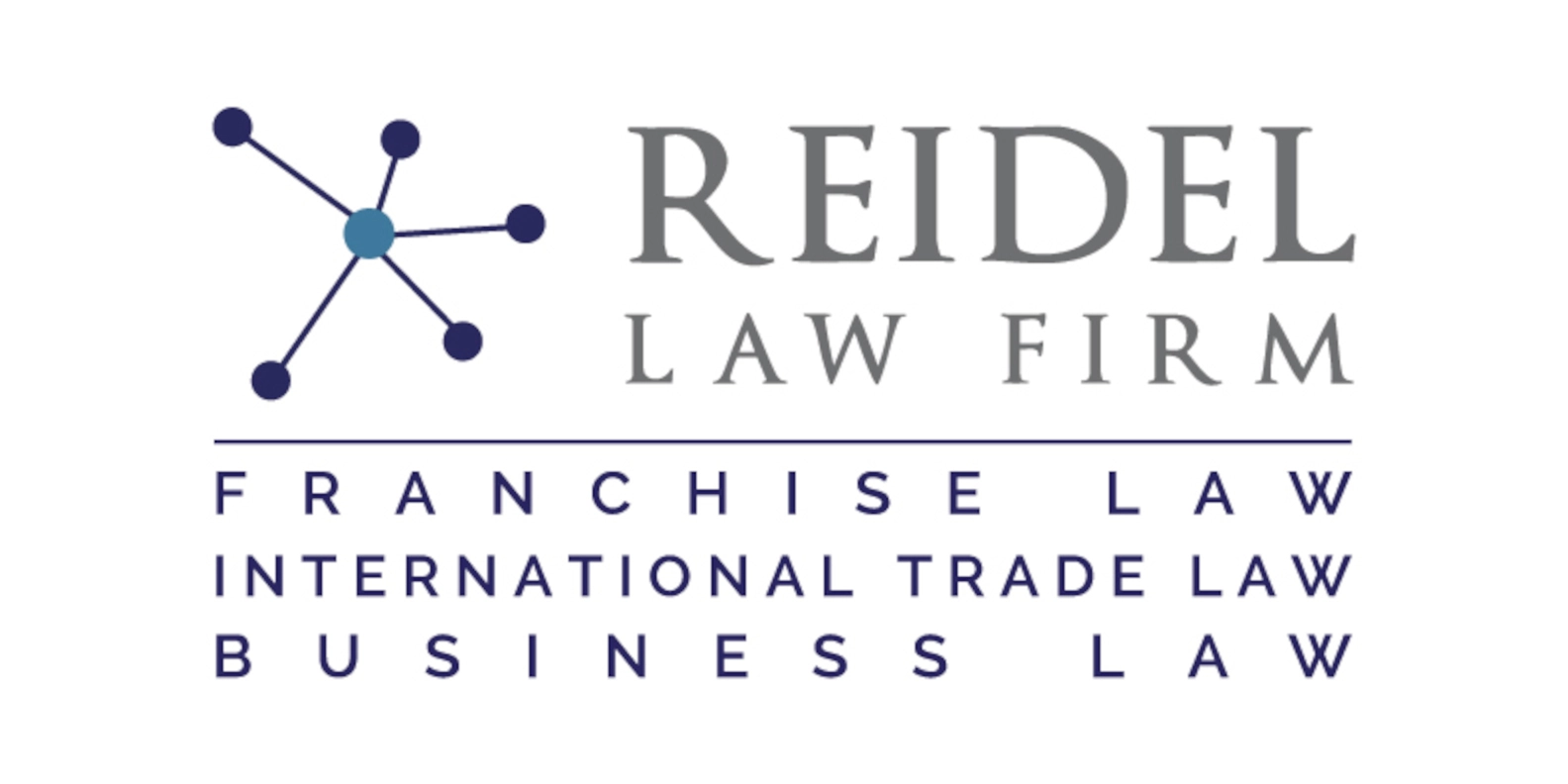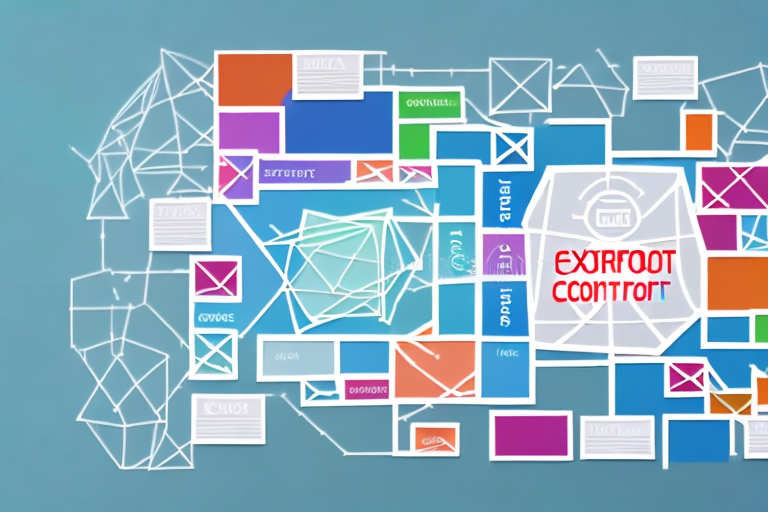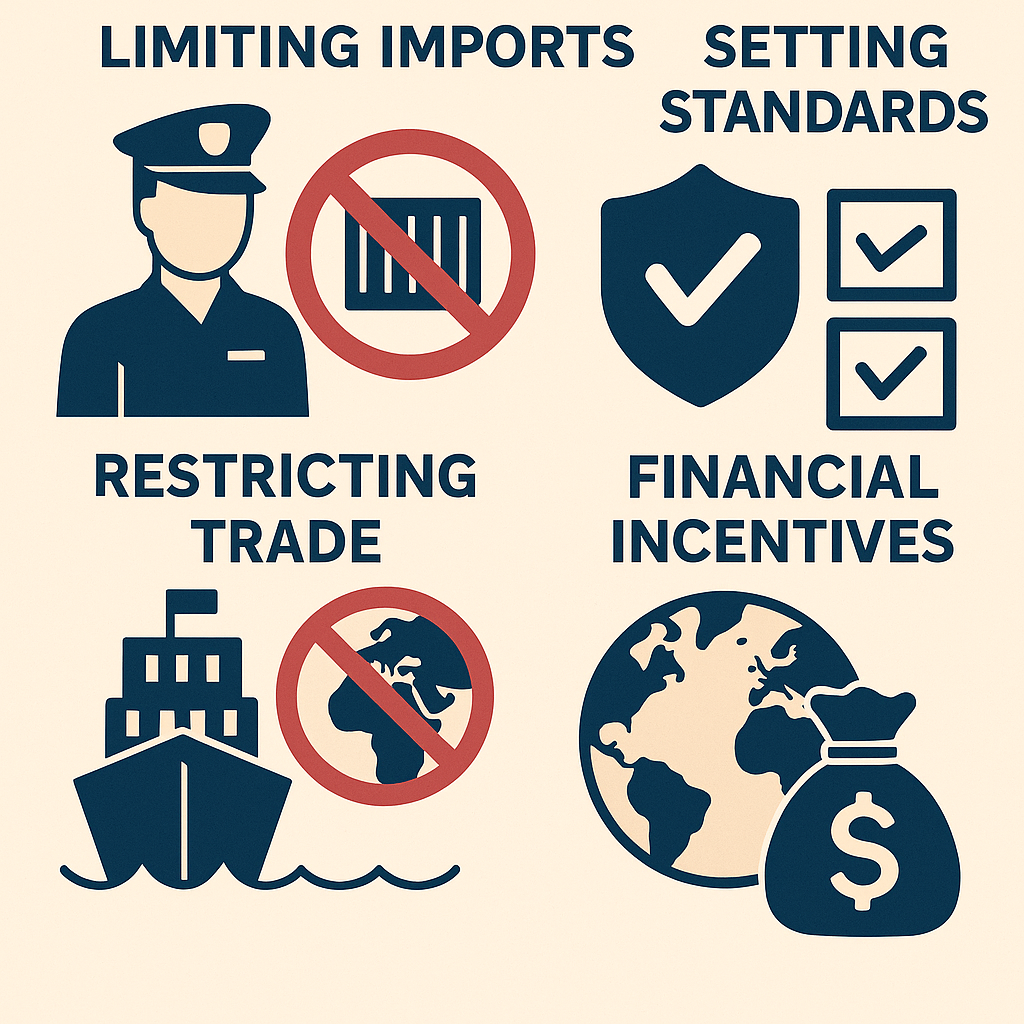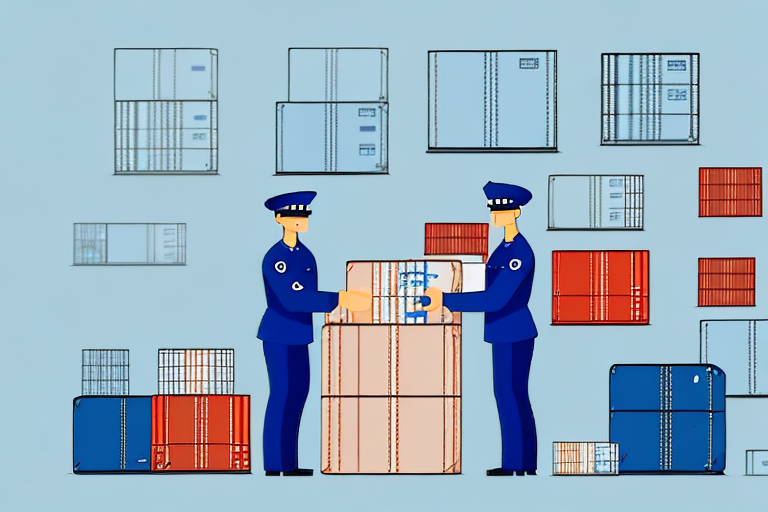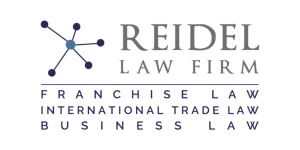In the world of international trade, understanding and correctly classifying products according to their Export Control Classification Number (ECCN) is of utmost importance. This comprehensive ECCN cheatsheet will guide you through the intricacies of ECCNs, providing you with a thorough understanding of their significance in export control regulations and international business partnerships.
Understanding Export Control Classification Numbers (ECCNs)
Export Control Classification Numbers (ECCNs) are alphanumeric codes used to identify items that have specific export control requirements. These numbers are essential for determining whether a product can be exported, and if so, what restrictions or licensing requirements may apply. Understanding ECCNs is crucial in ensuring compliance with export control regulations and avoiding potential penalties or legal issues.
When classifying items for export, it is important to note that ECCNs are not the only factor to consider. Other factors, such as the destination country, end-use, and end-user, also play a significant role in determining export control requirements. It is essential to conduct a thorough analysis of all relevant factors to ensure compliance with export control regulations.
Why ECCNs are important for international trade
ECCNs play a crucial role in international trade by facilitating the proper classification and control of goods that have the potential for both civilian and military use. They help prevent the proliferation of sensitive technologies and protect national security interests. By accurately classifying products using ECCNs, businesses can navigate the complex landscape of export controls, manage risks, and ensure compliance with regulatory obligations.
Furthermore, ECCNs also aid in promoting fair and transparent trade practices. By providing a standardized system for classifying goods, ECCNs enable countries to establish consistent regulations and guidelines for import and export activities. This helps to level the playing field for businesses operating in the global market, ensuring that all participants adhere to the same set of rules and regulations.
The basics of the Export Control Classification System (ECCS)
The Export Control Classification System (ECCS) is the framework used to categorize and classify items for export control purposes. It is based on the Commodity Control List (CCL), which is divided into various categories and product groups, each assigned its own set of ECCNs. Understanding the basics of the ECCS is essential in determining the correct ECCN for your product.
The ECCS is maintained by the Bureau of Industry and Security (BIS) within the U.S. Department of Commerce. It is designed to ensure that items subject to export control regulations are properly identified and classified. The ECCS assigns Export Control Classification Numbers (ECCNs) to different items based on their technical characteristics, intended use, and potential for military or dual-use applications.
How to determine the correct ECCN for your product
Determining the correct ECCN for your product requires careful analysis of its characteristics and intended use. This process involves examining factors such as the item’s function, technical specifications, intended end-use, and potential risks. It is recommended to consult export control experts or utilize online tools provided by government agencies to ensure the accurate classification of your product’s ECCN.
Additionally, it is important to stay updated on any changes to export control regulations and guidelines, as these can impact the classification of your product’s ECCN. Regularly reviewing and understanding the latest updates from relevant government agencies, such as the Bureau of Industry and Security (BIS) in the United States, can help ensure compliance with export control laws.
Key factors to consider when classifying your product’s ECCN
Classification of your product’s ECCN requires a thorough evaluation of various key factors. These factors include, but are not limited to, the item’s technical parameters, its potential for dual-use applications, its capabilities, and any known restrictions or licensing requirements associated with similar products. Careful consideration of these factors will help ensure a correct ECCN classification.
In addition to the factors mentioned above, it is also important to consider the intended end-use of the product. The purpose for which the product will be used can have a significant impact on its ECCN classification. For example, if the product is intended for military use, it may be subject to stricter export controls compared to a product intended for commercial use.
Common mistakes to avoid when classifying ECCNs
Accurate ECCN classification is vital to compliance and avoiding any potential violations. However, there are common mistakes that exporters should be aware of and avoid. Examples include misinterpreting technical parameters, underestimating the potential dual-use capabilities of items, and failing to stay up-to-date with changes in export control regulations. By being aware of these pitfalls, exporters can minimize the risk of misclassification and non-compliance.
Another common mistake to avoid when classifying ECCNs is relying solely on product descriptions provided by suppliers or manufacturers. While these descriptions can be helpful, they may not always provide enough information to accurately determine the ECCN. It is important for exporters to conduct their own research and analysis to ensure the correct classification.
An in-depth look at the different categories of ECCNs
The ECCN system consists of various categories covering diverse types of goods, technologies, and software. Each category has its unique criteria and control parameters, reflecting the specific risks associated with the items it encompasses. This section will provide an in-depth exploration of each category, highlighting its characteristics and examples of products falling within its scope.
Understanding the different categories of ECCNs is crucial for businesses involved in international trade. The categories are designed to classify items based on their potential dual-use nature, meaning they can have both civilian and military applications. By categorizing items, the ECCN system helps determine the level of export control required for each product.
Exploring the significance of ECCN classifications in export licensing
ECCN classifications are instrumental in determining whether an export license is required or if an exemption applies. Understanding the interplay between ECCN classifications and export licensing is essential in managing compliance obligations. This section will delve into the relationship between ECCNs and export licenses, including the types of licenses available and the circumstances in which they may be needed.
The role of ECCNs in complying with export control regulations
Compliance with export control regulations is a critical aspect of international trade, and ECCNs play a central role in meeting these obligations. Adhering to export control regulations ensures the protection of critical technologies, promotes national security interests, and maintains a level playing field among trading partners. This section will detail the importance of ECCNs in achieving compliance and the potential consequences of non-compliance.
Navigating the complexities of dual-use items and their ECCN classification
Dual-use items, those having both civilian and military applications, require specialized attention when it comes to ECCN classification. Determining whether a product falls into this category involves carefully assessing its technical specifications, potential risks, and intended end-use. This section will provide insights into the complexities involved in classifying dual-use items and strategies for ensuring accurate ECCN classification.
Understanding the role of technology controls in ECCN classifications
Technology controls are an essential component of ECCN classifications, particularly for items involving complex technical knowledge or sensitive information. Understanding the role of technology controls is crucial in determining whether an ECCN applies and what export restrictions or licensing requirements may be involved. This section will explore the relationship between technology controls and ECCNs, providing examples and guidance on how to navigate this aspect of product classification.
Best practices for maintaining accurate and up-to-date ECCN records
To ensure compliance and manage export controls effectively, businesses should adopt best practices for maintaining accurate and up-to-date ECCN records. These practices include establishing an internal classification system, tracking changes in export control regulations, maintaining detailed documentation, and conducting regular reviews to ensure ongoing accuracy. This section will outline these best practices and provide guidance on implementing them.
How to handle changes and updates to ECCN classifications
ECCN classifications are subject to revisions and updates due to changing technologies, geopolitical factors, or emerging security risks. Staying informed about these changes is crucial in ensuring ongoing compliance. This section will offer guidance on how to handle changes and updates to ECCN classifications, including strategies for monitoring updates, assessing impacts on your products, and implementing necessary adjustments.
The impact of ECCNs on international business partnerships and collaborations
ECCNs can have a significant impact on international business partnerships and collaborations, particularly when dealing with sensitive technologies or export-controlled items. Understanding the implications of ECCNs on these partnerships is vital to managing risk, ensuring compliance, and fostering productive relationships. In this section, we will explore the potential challenges and strategies for addressing the impact of ECCNs in international business settings.
Strategies for mitigating risks associated with incorrect ECCN classifications
Mitigating the risks associated with incorrect ECCN classifications requires a proactive approach that includes robust internal processes, continuous training, and regular compliance reviews. This section will provide strategies and best practices for mitigating the risks of misclassification, including implementing compliance programs, conducting self-audits, and seeking professional assistance when necessary.
Examining the potential consequences of non-compliance with ECCN regulations
Non-compliance with ECCN regulations can have severe consequences for businesses, including significant financial penalties, loss of export privileges, and damage to reputation. Understanding the potential consequences of non-compliance is crucial in preventing violations and promoting a strong culture of compliance. In this section, we will examine notable cases and highlight the impacts that non-compliance with ECCN regulations can have on businesses.
The role of government agencies in enforcing export control regulations related to ECCNs
Governments around the world have established agencies to enforce export control regulations and oversee compliance with ECCN requirements. Familiarizing yourself with these agencies, their roles, and their enforcement powers is essential for managing compliance obligations effectively. This section will provide an overview of notable government agencies involved in export control enforcement and their key responsibilities.
Notable case studies highlighting the importance of accurate ECCN classifications
Examining case studies can offer valuable insights into the importance of accurate ECCN classifications and the potential consequences of misclassification. This section will present notable case studies that illustrate the real-world impacts of incorrect ECCN classifications, highlighting the lessons learned and the best practices that can be applied to avoid similar pitfalls.
Resources and tools for staying informed about changes in ECCN requirements
Staying informed about changes in ECCN requirements is crucial in maintaining compliance and managing export controls effectively. This section will provide a list of resources and tools that businesses can utilize to stay up-to-date, including government websites, publications, training programs, and industry associations with expertise in export control regulations and ECCN classifications.
In conclusion, mastering the intricacies of Export Control Classification Numbers (ECCNs) is essential for international trade success. By understanding ECCNs, correctly classifying products, and complying with export control regulations, businesses can navigate the complexities of global markets while managing risks and maintaining compliance with legal requirements. Utilize this comprehensive ECCN cheatsheet and leverage the resources available to ensure full compliance and maximize opportunities in the global marketplace.
